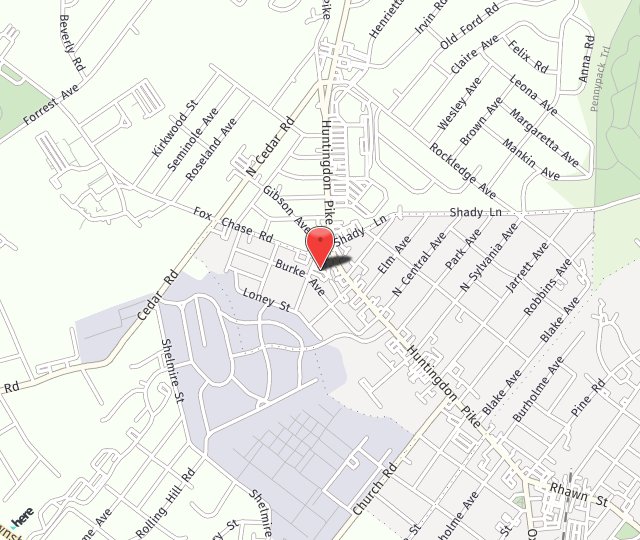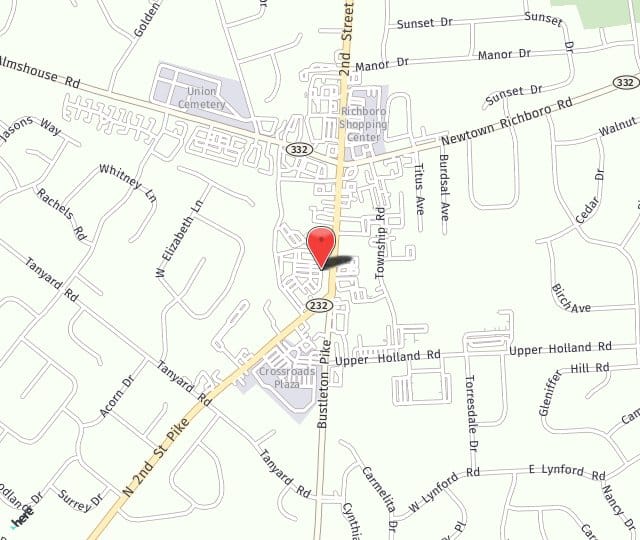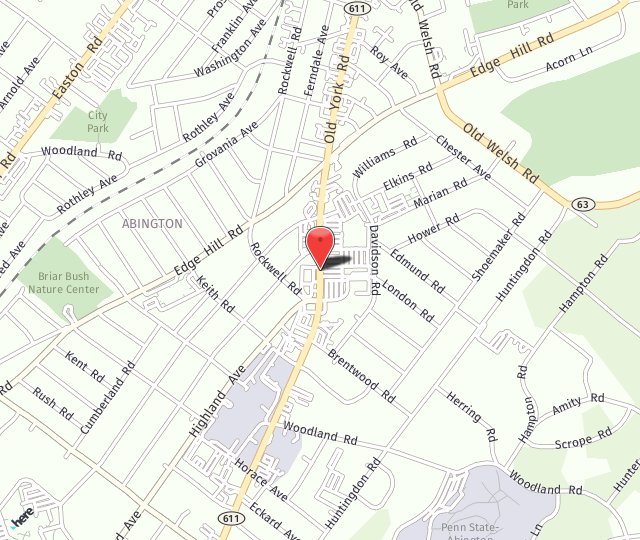Knee & Hip
The Knee & Hip Center was started to bring together Orthopaedic Surgeons, Physical Therapists, in-house diagnostic studies, and other care providers who have both an interest and an expertise in providing care for arthritis of the knee and the hip.
Arthritis of the knee or hip is one of the most common conditions, resulting in progressive disability and affecting common activities such as walking, standing, or simply getting out of a chair.
Arthritis is the progressive degeneration of cartilage from the end of the bone. With that erosion, bare bone becomes exposed and eventuates in a condition referred to as “bone on bone,” where the bare bone rubs together, creating pain, swelling, and decreased motion of the joint.
At the Knee & Hip Center, we will proceed with an orthopaedic evaluation, obtain appropriate diagnostic testing, and review with you your treatment options.
Treatment of arthritis of the knee and hip may consist of:
- Rest, Ice, Compression
- Weight Reduction
- Exercise and Lifestyle Changes
- Arthritis Medication
- Assistive Devices – Cane/Walker
- Physical Therapy
- Steroid Injections
- Viscosupplementation Injections (Knees)
- Arthroscopy
- Osteotomy (Knees)
- Unicompartmental Replacement (Knees)
- Total Joint Replacement
Replacement surgery should only be considered when pain affects your day-to-day activities, you have unsuccessfully undergone the non-operative alternatives, and you are a candidate for surgery.
Total Knee Replacement
Total knee replacement is a rapidly-growing procedure. Initially, knee replacement was intended for patients in their late 60s and 70s. Recent improvements to the prosthesis and overall surgical technique have enabled the procedure to be performed on patients in their 50s as well as their 80s and 90s.
Each year, over 600,000 primary total knee replacements are performed in the United States.
Total knee replacement is actually a resurfacing procedure where approximately ½ inch of bone is removed from the lower end of the thigh bone (femur), the upper end of the lower leg bone (tibia), and the under-surface of the knee cap (patella). These surfaces are then covered with a metal prosthesis on the femur and a plastic prosthesis on the tibia and patella.
Implants have evolved to accommodate a patient’s individual anatomy. They have become more durable to accommodate the younger patient’s expectation for an active lifestyle.
The operative procedure has become quicker and more efficient. Post-operative rehabilitation has become more aggressive, with patients being out of bed the day after surgery and ambulating full weight-bearing, progressing from a walker to a cane as soon as they are safe. This all geared to help patients speedily return to their active lifestyle.
Newer protocols have been developed to minimize post-operative pain, allowing the patient to actively participate in the rehab program.
Total knee replacement is truly a life-changing procedure. It allows an arthritis patient who has suffered with pain and loss of independence to regain their mobility and be out of pain.
Total Hip Replacement
Total hip replacement has been around in various forms for many years. The technique and the material used have evolved to the procedure used today.
Total hip replacement is truly a replacement, as opposed to a total knee replacement which is really a resurfacing procedure. In a hip replacement, the femoral head is removed.
The cup (acetabulum) is reamed and replaced with a metal-backed plastic cup. A metal stem is placed down the shaft of the thigh bone (femur). A metal ball is placed on top of the stem. The ball is then reduced into the cup. This procedure stops the patient’s arthritic femoral head from rubbing against their arthritic cup, relieving their pain.
Initially, this procedure was only performed on elderly patients. With the development of improved metal and plastic, it can be performed on younger patients as well. These newer techniques allow for more durable prosthesis, which will more readily tolerate the demands of the younger, more active patient.
The operative procedure has become quicker and more efficient. Rehabilitation has been geared to get the patient back to their active lifestyle quicker without pain.
Newer pain protocols have been developed to minimize post-operative pain, allowing the patient to actively participate in the rehab program.
Total hip replacement is truly a life-changing procedure. It allows a patient who has suffered with pain and loss of independence to regain their mobility and be free of pain.
Unicompartmental Knee Replacement
Unicompartmental knee replacement, or partial knee replacement, is a surgical procedure used to treat osteoarthritis of the knee by replacing the damaged bone in one compartment of the knee.
This procedure is commonly performed on patients with severe arthritis that has not responded to conservative treatments but still have healthy cartilage left in the other two compartments of the knee. It is usually performed in younger patients who wish to maintain their active lifestyle and delay total joint replacement surgery.
In comparison to total knee replacement, this procedure offers patients smaller incisions, less bleeding, and shorter recovery times, but still has many of the risks associated with total knee replacements. Its minimally-invasive nature offers patients many benefits, but may not be ideal for older or obese patients. The long-term survival of this procedure is less than a total replacement, possibly requiring future conversion to a total knee replacement.
Tibial Osteotomy
Osteotomy, or “bone cutting,” removes or adds a section of bone above or below a damaged joint. This shifts weight away from the damaged cartilage to an area with healthier cartilage, temporarily relieving the pain. This procedure is typically performed on the knee for younger patients who wish to postpone joint replacement surgery or whose arthritis only affects the middle or outside of the knee.
During a tibial osteotomy, the tibia is cut just below the joint, and a wedge of bone is either added or removed from the tibia just below the knee to realign the joint. The graft is usually taken from the pelvic bone. The osteotomy is held in place with a metal plate or pins.
This procedure has many of the same potential complications as a total knee replacement. The advantage is that it maintains the patient’s own cartilage. The main disadvantage is that it will eventually require conversion to a total knee replacement as the remaining articular cartilage degenerates.
Steroid Injections & Viscosupplementation Injections
Joint injections with either steroids or viscosupplementation are options for patients whose arthritis has not responded to other non-operative treatments. These injections deliver relief directly to the source of the pain and are considered safe for nearly all patients.
Corticosteroid injections are a mixture of steroids, with both short-acting and long-acting anesthetic medications. Results may vary significantly from a few days to a few months.
Viscosupplementation injections such as Synvisc, Euflexa, Hyalgan and Orthovisc are made from hyaluronic acid, which is a substance naturally found in healthy joint fluid. These injections take about six weeks to work, and when effective, can provide relief for up to six months, at which point they can be repeated.
For More Information
To make an appointment, click here or contact us at 215.745.4050











